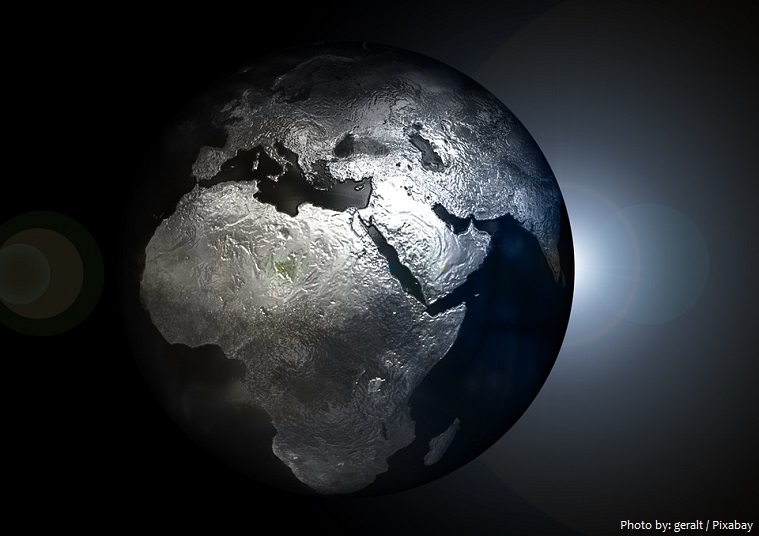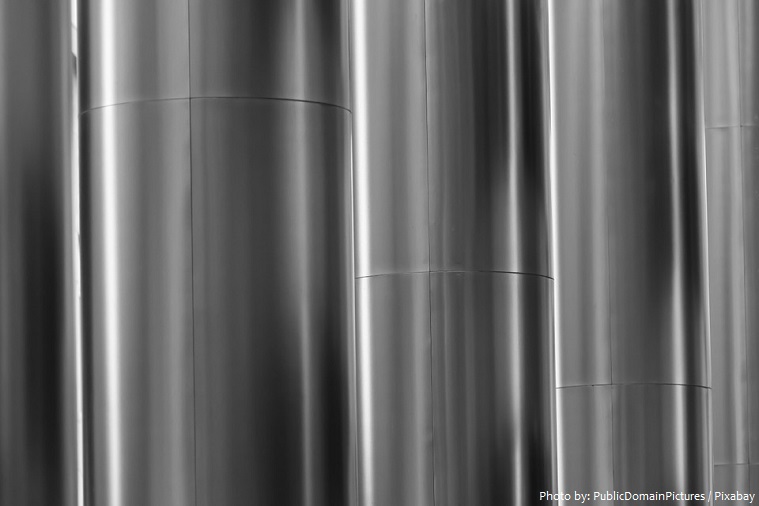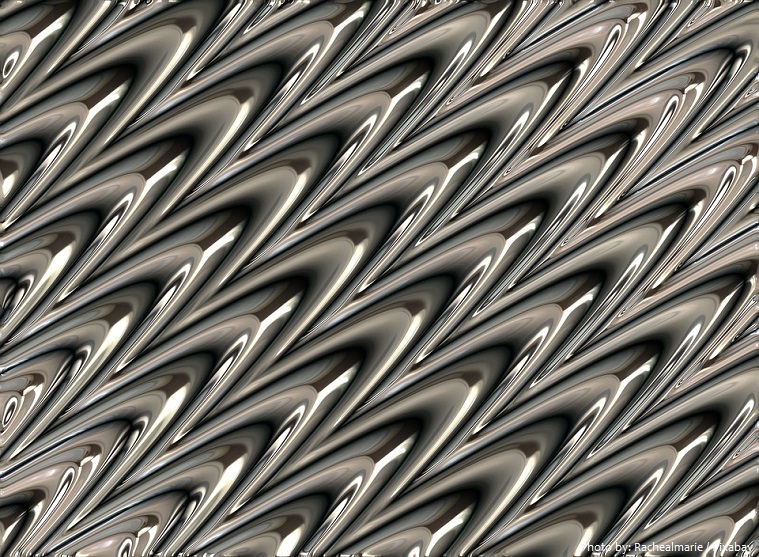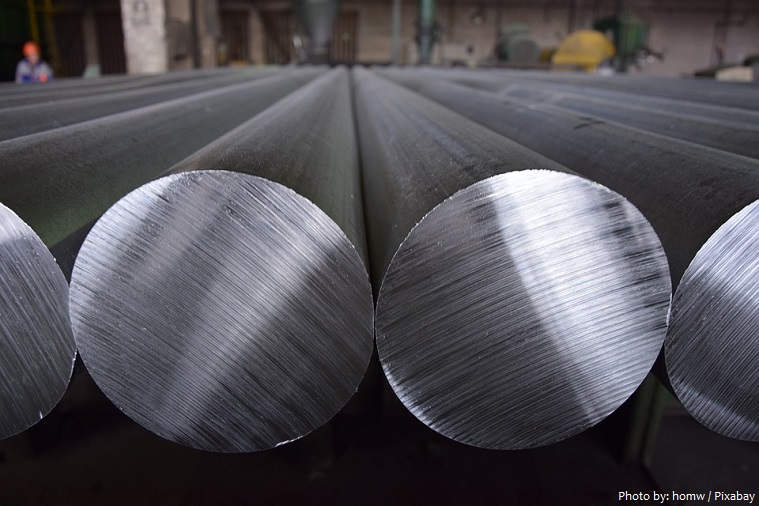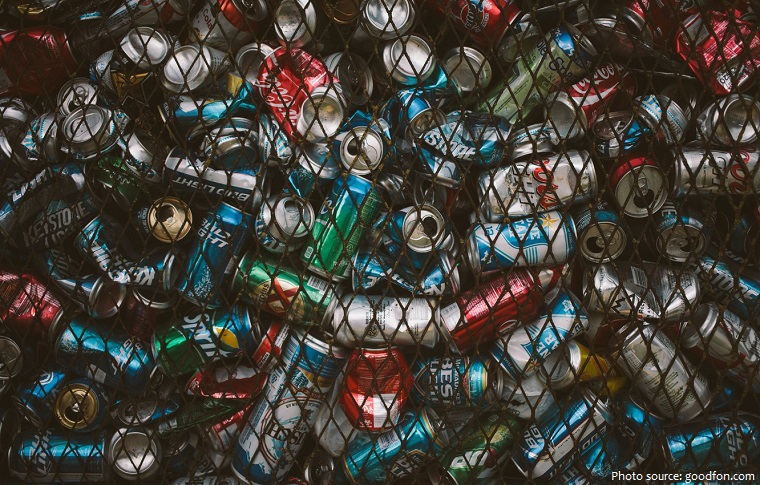Aluminium also called aluminum is a chemical element with the symbol Al and atomic number 13.
It is a silvery-white, non-magnetic metal.
Aluminium is the third most abundant element in Earth’s crust (about 8%) after oxygen and silicon.
It is the most abundant metallic element in Earth’s crust and the most widely used nonferrous metal.
Because of its chemical activity, aluminum never occurs in the metallic form in nature, but its compounds are present to a greater or lesser extent in almost all rocks, vegetation, and animals.
The chief ore of aluminium is bauxite.
Pure aluminum is quite soft and weak; commercial aluminum with small amounts of silicon and iron is hard and strong.
The compound alum has been known since the 5th century BC and was used extensively by the ancients for dyeing. During the Middle Ages, its use for dyeing made it a commodity of international commerce.
Aluminum was discovered by Hans Christian Oersted in 1825 in Denmark.
It was difficult to refine and thus uncommon in actual usage. Soon after its discovery, the price of aluminium exceeded that of gold.
Napoleon III, Emperor of France, is reputed to have given a banquet where the most honored guests were given aluminum utensils, while the other guests had to make do with gold ones.
The price of aluminium was only reduced after the initiation of the first industrial production by French chemist Henri Étienne Sainte-Claire Deville in 1856.
Aluminum was selected as the material to be used for the apex of the Washington Monument in 1884, a time when a single ounce (30 grams) of the substance cost the daily wage of a common worker on the project. It had about the same value as silver.
Germany became the world leader in aluminum production soon after Adolf Hitler’s rise to power. By 1942, however, new hydroelectric power projects such as the Grand Coulee Dam gave the United States something Nazi Germany could not compete with, provided them with sufficient generating capacity to produce enough aluminum to manufacture sixty thousand warplanes in four years.
Today, the major uses for aluminium metal are in:
• Transportation (automobiles, aircraft, trucks, railway cars, marine vessels, bicycles, spacecraft, etc.)
• Packaging (cans, foil, frame etc.)
• Building and construction (windows, doors, siding, building wire, sheathing, roofing, etc.)
• Electricity-related uses (conductor alloys, motors and generators, transformers, capacitors, etc.)
• A wide range of household items, from cooking utensils to furniture
• Machinery and equipment (processing equipment, pipes, tools)
Aluminum is an excellent conductor of heat and electricity. Its thermal conductivity is about one-half that of copper; its electrical conductivity, about two-thirds.
Aluminium prevents corrosion by forming a small, thin layer of aluminium oxide on its surface. This layer protects the metal by preventing oxygen from reaching it.
Aluminium can be recycled forever: It can be melted down and reformed without losing any quality, and the process can be repeated over and over again. Recycling aluminium saves around 95% of the energy needed to make the metal from raw materials.
Nearly 75% of all aluminum ever produced is still in use today.
A Boeing-747 contains more than 66,000 kilograms (about 147,000 pounds) of aluminum.
Aluminium is named after alumina, or aluminium oxide in modern nomenclature. The word “alumina” comes from “alum”, the mineral from which it was collected. The word “alum” comes from alumen, a Latin word meaning “bitter salt.”
The largest aluminium sculpture measured 7.71 m (25.3 ft) tall, 5.03 m (16.5 ft) long, 3.95 m (12.95 ft) wide and was achieved by Novartis Oncology (Saudi Arabia) at Sofitel Event Hall, Jeddah, Saudi Arabia on 7 October 2017.
The largest aluminium can sculpture consists of 104,840 cans and was created by Junior Chamber International Toyohashi (Japan) at Toyohashi Park, in Toyohashi, Aichi, Japan, on 21 September 2013.

